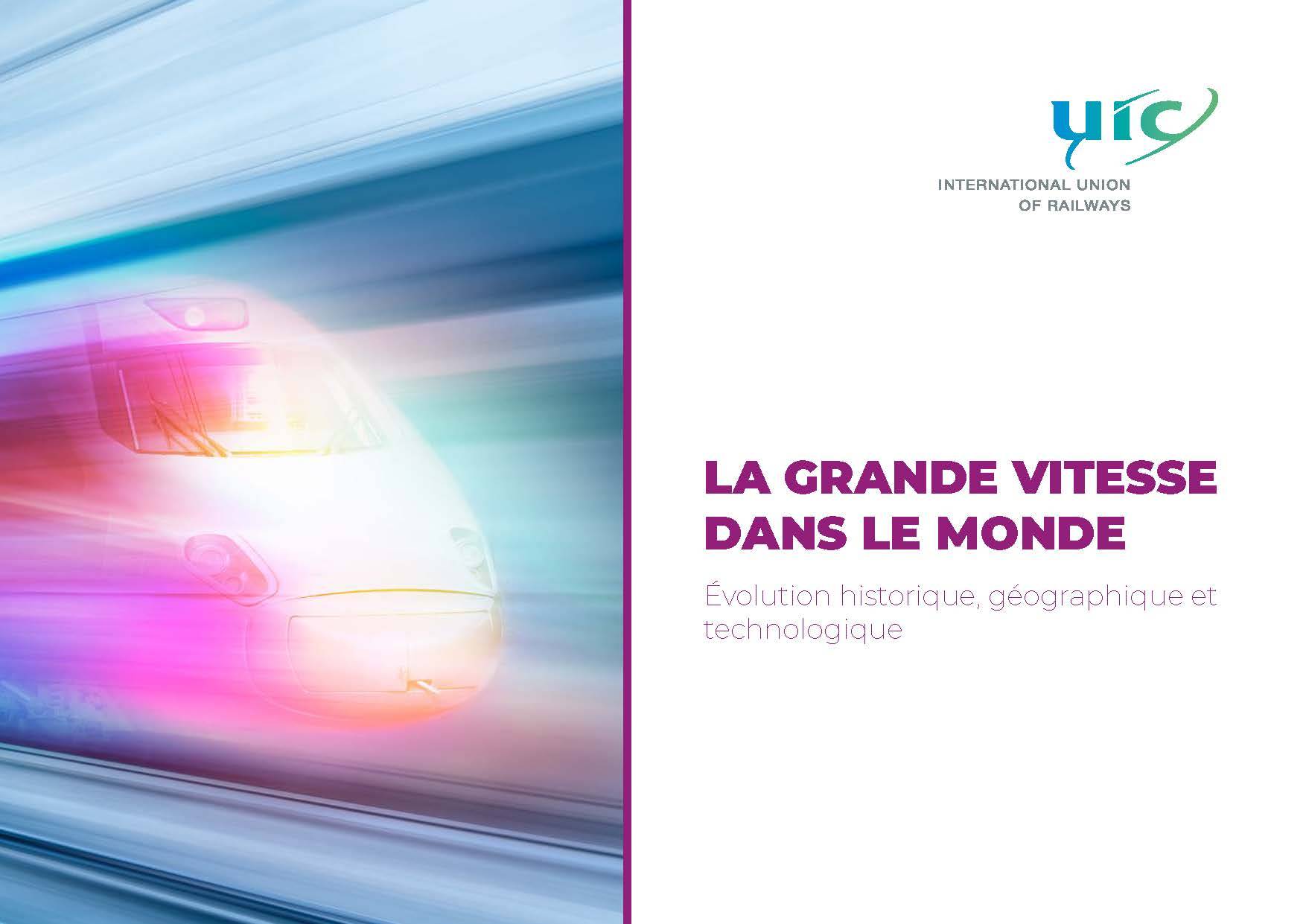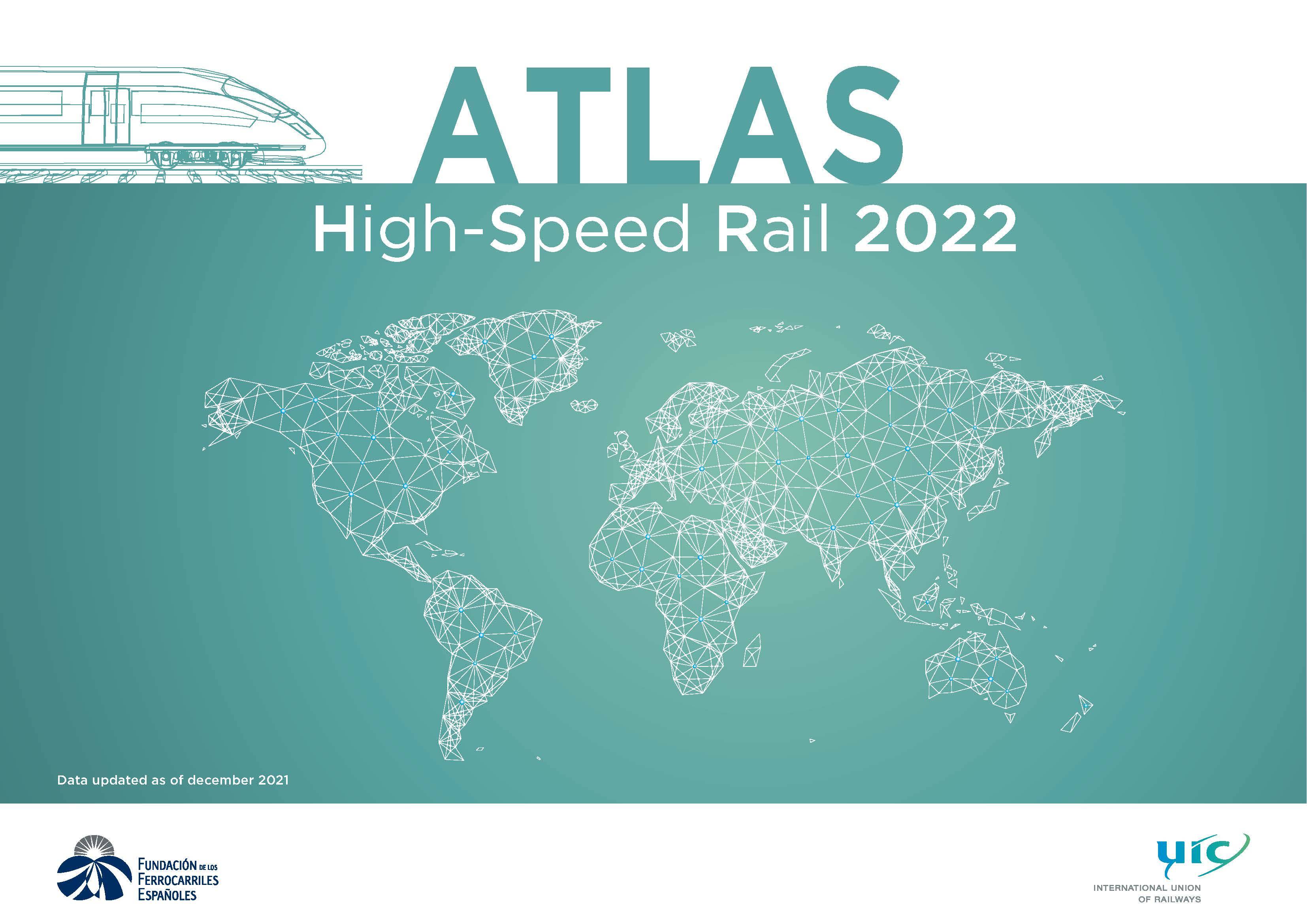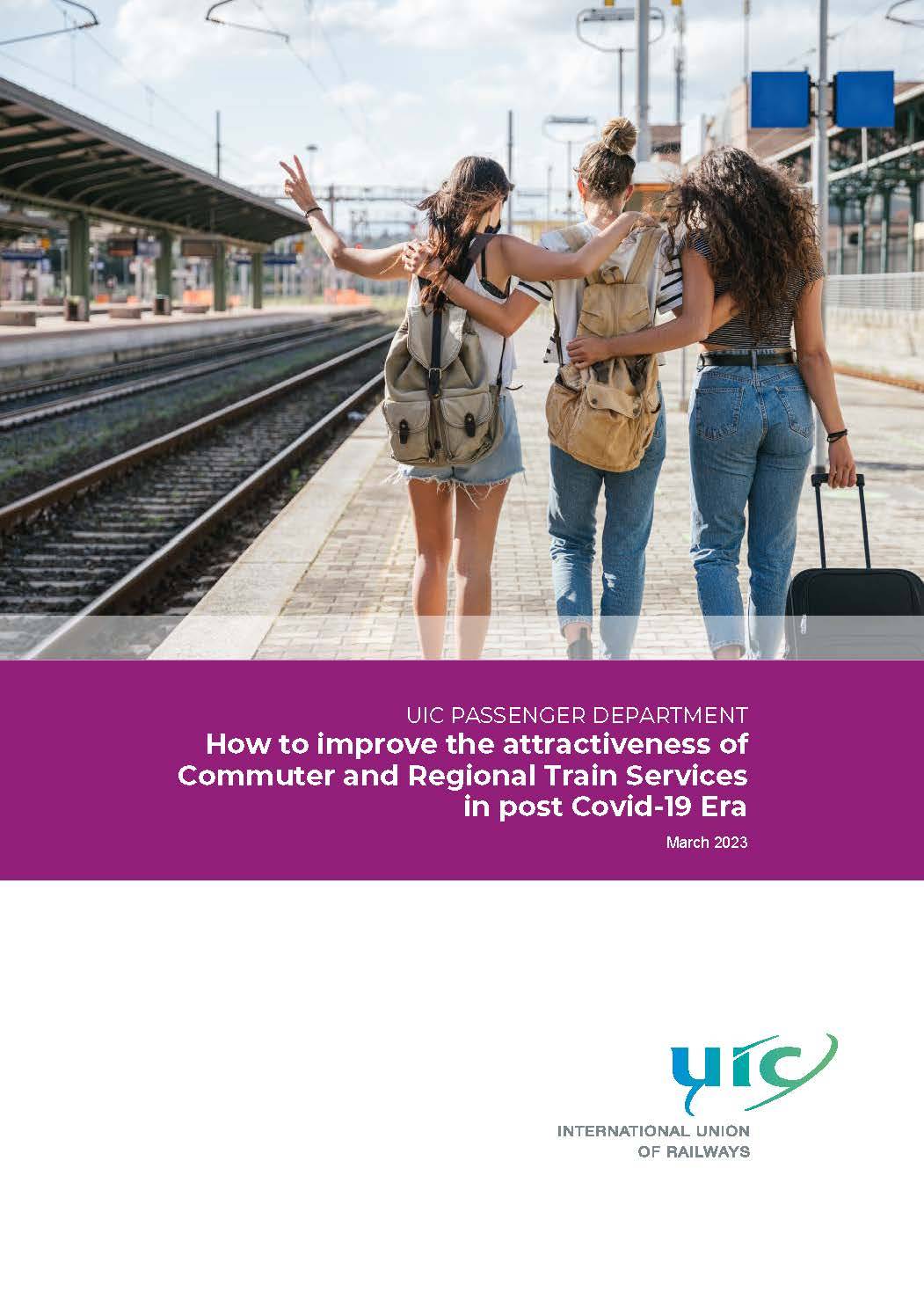Combined transport
- Setup your combined transport operations according to common and national standards to facilitate time-effective carriage operation, thus eliminating unnecessary rerouting
- Influence development of intermodal legislation and ensure your combined transport operations are meeting the latest legislative requirements
- Advocate railways’ positions and compatibility in multimodal logistics
Rail Event - Fit for Freight Combined Transport, 10/2022, Paris
Combined Transport – Working Group
Combined transport group ensures all combined transport operations are compliant with railways’ specifics, so that goods transported in International Loading Units (ILU) are good to be transhipped to railway.
Combined Transport Special Group proactively promotes common goals and interests in the perspective the development of combined transport in Europe and combined transport rail compliance.
By being engaged in this workgroup, you will gain insights on the following activities:
- Gain knowledge on the latest combined transport developments
- Further development and shaping of combined transport to meet the railways’ specifics
- Promotion of railways’ role in combined transport operations
- Level the playing field between transport modes when it comes to combined transport
- Cooperation of the leading combined transport railway operators in Europe leading to utilisation of the best practices
- Ensure technical aspects on combined transport are aligned with sector’s interests. Therefore, the combined transport group actively participates in addressing operational issues whenever legislative work is at stake.
Combined Transport techniques

RAIL-ROAD
Lorry
Lorries make it possible to provide a door-to-door service, as they cover the short distances separating factories and terminals. They enable the major advantages of road haulage to be tapped, i.e. a network that reaches further and is denser.
Container
Containers lead to better logistical management of the areas used for loading and unloading goods, since their rigid structure enables up to six of them to be stacked in one pile. Container lengths have been standardised at between 20 and 53 feet.
Swap body
Swap bodies are standardised loading units equally suitable for carriage on road vehicles or railway wagons. As they can be used in a broad range of situations, are simple in design and inexpensive, this form of conveyance has been highly successful and is currently one of the most widely used transport systems on the market.
Semi-trailer
While semi-trailers are more costly and heavier, their advantage is that they can be coupled directly to a tractor and do not require a road chassis, unlike containers and swap bodies.
Terminal
Terminals are interchange hubs between rail and road traffic. They are fitted with all the equipment required to handle and tranship loading units from one transport mode to the next in a rapid and efficient manner: gantries and mobile cranes, modern computer systems integrating tracks, storage areas, transhipment areas and connections to roads and motorways.
Wagon
There are a plethora of different wagons available for combined transport purposes. Those most commonly used for rail-road combined transport are flat wagons, fitted with scotching systems for swap bodies and containers, as well as base plates for swap bodies. Wagons used to carry semi-trailers have very low floors and recesses to accommodate the wheels.
Rolling road
The rolling road concept is the only option available to shippers and freight forwarders to run combined transport services without committing to specific investment. Lorries are carried on purpose-built low-floor wagons, while drivers travel in seated accommodation or couchettes. Transhipment between road and rail takes place at terminals, using mobile ramps, with the lorries subject to specific conditions resulting from the category and clearance gauge of the line worked. Rolling road services are limited to set routes. Owing to the particular requirements associated with the purpose-built wagons used, there are no plans to introduce this option for wagonload traffic.

RAIL-MARITIME
Definitions
There are two main types of sea shipping:
Short-sea: This is transport by sea over short distances, for example between Great Britain and the continental ports of the English Channel and the North Sea.
Deep-sea: This is transport by sea over long distances, sometimes between continents, for example between Asia and Europe.
Ship
Ships carry transport units by sea between different ports. They can vary considerably in size depending on the distance to be covered and the volumes to be transported. Most of the time they sail on set routes arranged by the shipping companies and shippers. In the case of deep sea shipping, they only carry “sea containers”, complying with the technical features stipulated in the ISO standards in force. In the case of short sea shipping, some companies also accept transport units such as swap bodies (with or without road chassis) and semi-trailers (accompanied or not).
Container
Containers lead to better logistical management of the areas used for loading and unloading goods, since their rigid structure enables them to be stacked up to three high. Container lengths have been standardised at 20 and 40 feet, making them the ideal transport unit for sea shipping.
Wagon
The wagons used for rail-sea combined transport are flat wagons, fitted with scotching systems for containers.
Port Terminal
Port terminals are, naturally enough, located in sea ports. Their infrastructure generally enables them to handle both road-sea traffic and rail-sea traffic. They have one or more quays where ships can moor, with railway tracks running parallel to the quay so that loading units can be transferred directly from ships to wagons and vice versa.

RAIL-WATERWAY
Definition
Rail-barge transport is very similar in terms of the way it is managed to rail-sea transport. However it is different from the latter in terms of the market segments it serves. Unlike sea shipping, transport by inland waterway is a way of linking industrial centres which have a sea and/or waterway port, on a single land mass. Where such inland waterway terminals are connected to the railways, volumes carried in intermodal rail operating programmes can also be carried by inland waterway and thereby collected from and distributed to the main industrial centres in Europe.
Barge
Barges are shallow-draught boats equipped with a platform on which intermodal transport units (containers and swap bodies) can be carried.
Container
Containers lead to better logistical management of the areas used for loading and unloading goods, since their rigid structure enables them to be stacked up to three high. Container lengths have been standardised at 20 and 40 feet, making them the ideal transport unit for sea shipping.
Swap bodie
Swap bodies are standardised loading units equally suitable for carriage on road vehicles and on railway wagons. As they can be used in a broad range of situations, are simple in design and reasonably priced, this form of conveyance has been highly successful and is currently one of the most widely used transport systems on the market. Swap bodies cannot be used in combined rail-sea transport but they are sometimes used in transport by inland waterway.
Wagon
The wagons most commonly used for rail-waterways combined transport are flat wagons, fitted with scotching systems for swap bodies and containers, as well as base plates for swap bodies. Wagons used to carry semi-trailers have very low floors and recesses to accommodate the wheels.
Inland waterway terminal
Inland waterway terminals are located at the heart of inland ports, the latter are interlinked by waterways such as rivers and canals. Their infrastructure generally enables them to handle both rail-road traffic and rail-barge traffic, for that reason they are often called “trimodal terminals”. They have one or more quays where barges can moor, with railway tracks running parallel to the quay so that transport units can be transferred directly from the barges to wagons and vice versa.

RAIL-AIR
Because freight forwarding is concentrated among international transport integrators and logistics firms, airports are increasingly setting up Cargo Centres as multimodal hubs.
The spread of cabotage in the wake of rapid expansion of air cargo traffic cannot be absorbed by road transport alone and rail transport offers an effective alternative to road congestion, especially between airport Cargo Centres and distribution platforms.
UIC Contact
For any further information please contact: Philip Van den bosch
Reports on Combined Transport in Europe
Guide on codification and certification for unaccompanied combined transport
In order to facilitate and speed up transport in a reliable manner, a coding system for various elements of combined transport was established. The system ensures safe operation of ITUs, indicates their loading gauges and ensures the owner is identified.
UIC Leaflet 596-6 sets out the prescriptions for this system regarding ITUs, carrier wagons and lines.
The system, which ensures safe operations, has been applied for several decades by
various companies in the combined transport chain.
Those who do not wish to apply the UIC 596-6 procedure have to take organisational measures which ensure the same level of reliability.
In order to facilitate and speed up transport in a reliable manner, a coding system for various elements of combined transport was established. The system ensures safe operation of ITUs, indicates their loading gauges and ensures the owner is identified.
UIC Leaflet 596-6 sets out the prescriptions for this system regarding ITUs, carrier wagons and lines.
The system, which ensures safe operations, has been applied for several decades by
various companies in the combined transport chain.
Those who do not wish to apply the UIC 596-6 procedure have to take organisational measures which ensure the same level of reliability.
In order to facilitate and speed up transport in a reliable manner, a coding system for various elements of combined transport was established. The system ensures safe operation of ITUs, indicates their loading gauges and ensures the owner is identified.
UIC Leaflet 596-6 sets out the prescriptions for this system regarding ITUs, carrier wagons and lines.
The system, which ensures safe operations, has been applied for several decades by
various companies in the combined transport chain.
Those who do not wish to apply the UIC 596-6 procedure have to take organisational measures which ensure the same level of reliability.
More documents
Freight news
Freight Projects
Freight events
Publications

Meilleure pratique pour l’évaluation des risques aux passages à niveau

PROACTIVE Pre-Incident Public Information Materials for CBRNe Incidents

La grande vitesse dans le monde - Évolution historique, géographique et technologique

Atlas High-Speed Rail 2022 - A3

HIGH-SPEED RAIL, the right speed for our planet - Key Messages (11th UIC HS Congress)
















